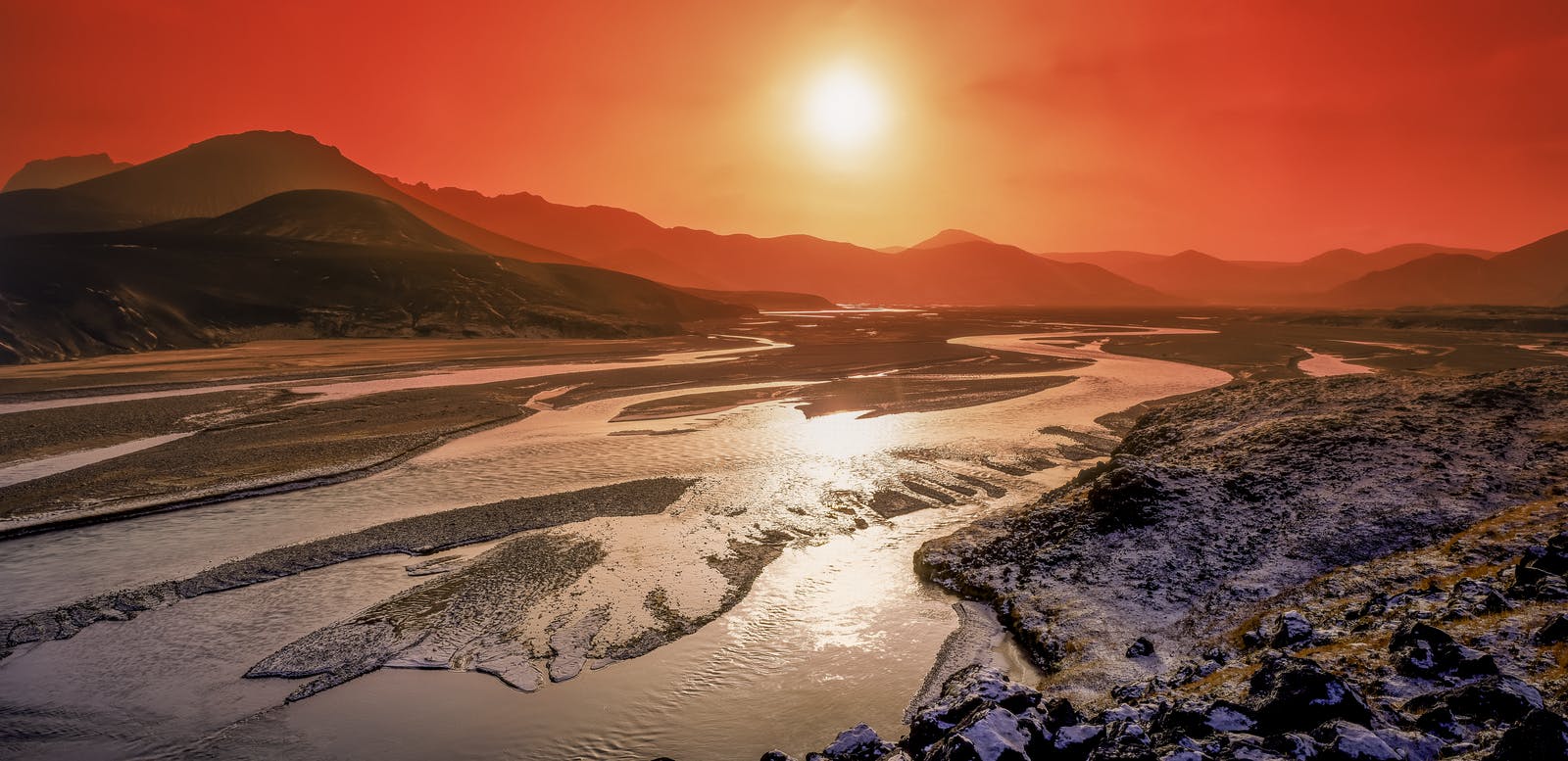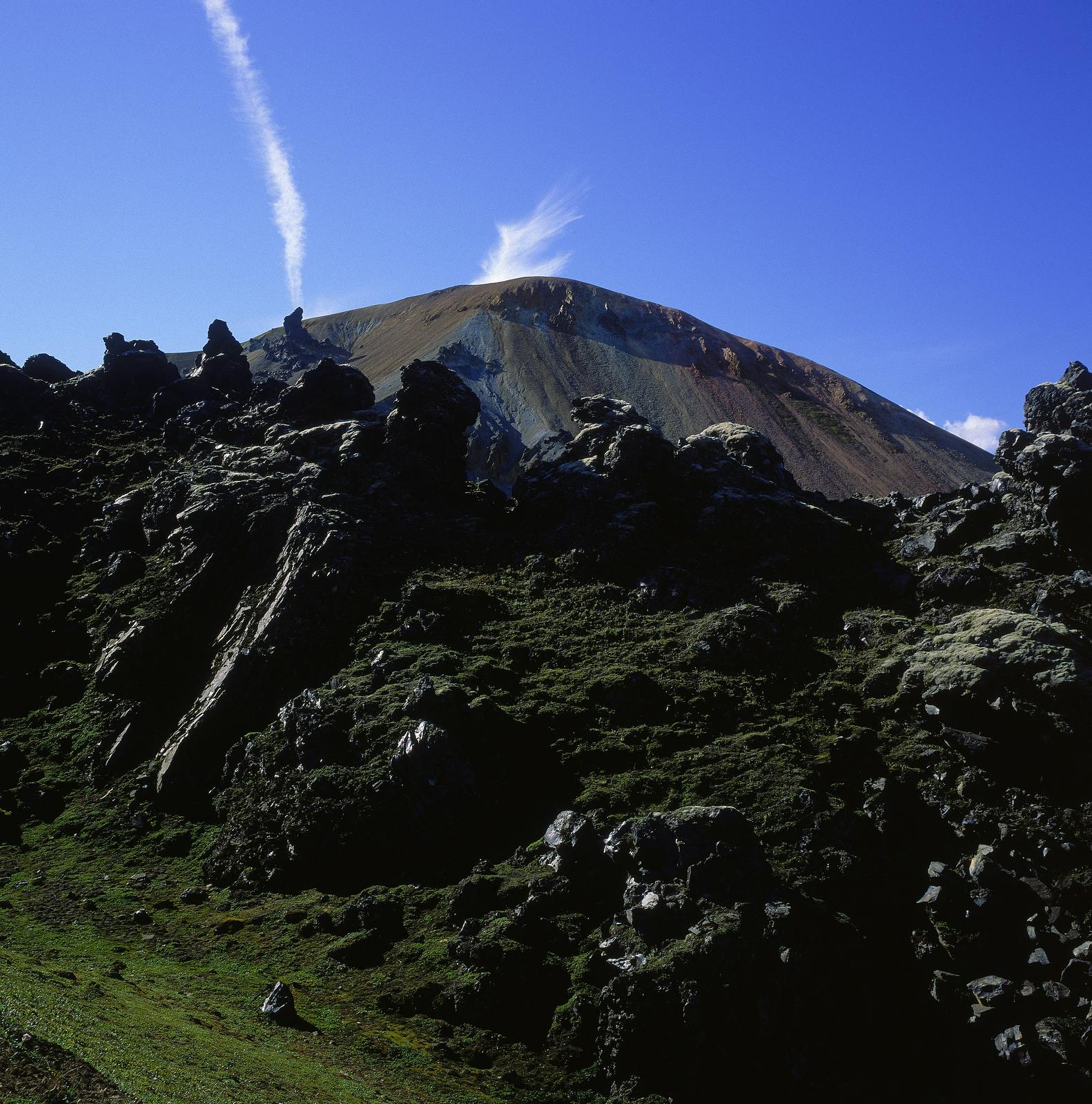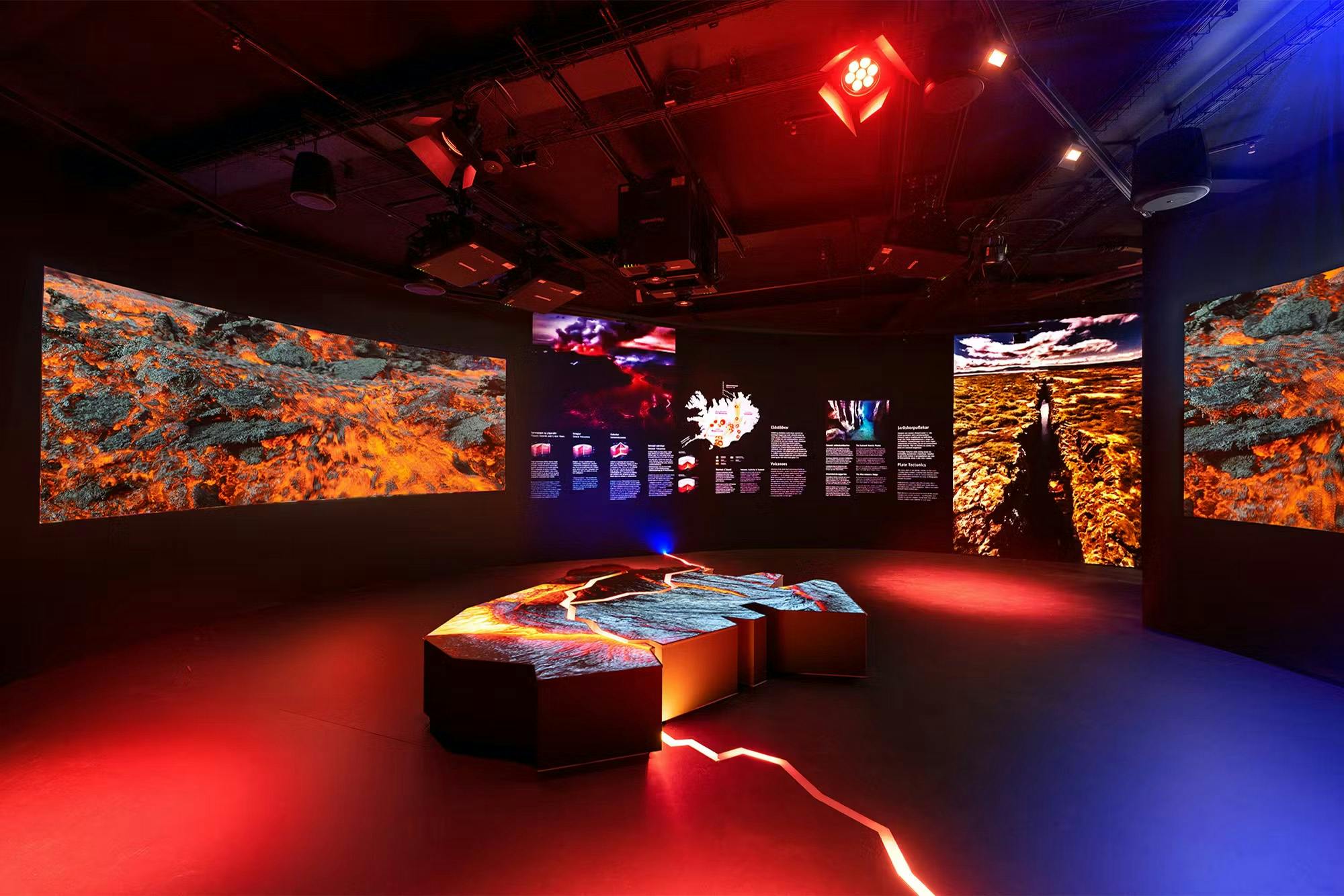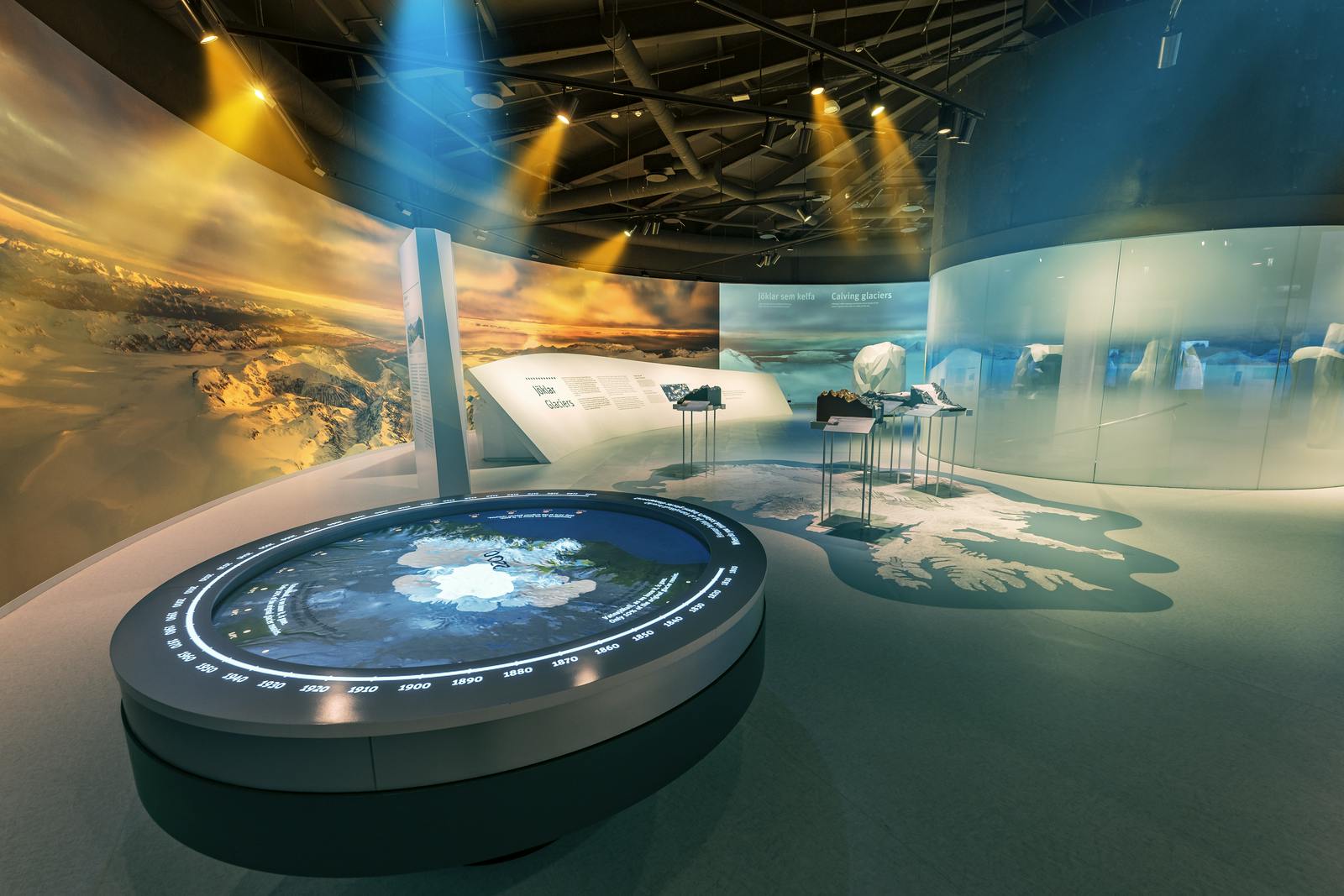
Mount Bláhnúkur (The Blue Peak of Landmannalaugar)
Bláhnúkur rises steeply above Landmannalaugar, its blue-grey slopes shaped by ancient volcanic activity. The name means “Blue Peak,” a fitting title for this distinctive mountain in Iceland’s highlands.
A Landscape Carved by Fire
Bláhnúkur’s blue colour comes from volcanic ash and rhyolite rock rich in minerals. This same volcanic rock shapes the entire Landmannalaugar region, famous for its multi-coloured mountains. Rhyolite reflects light differently depending on the weather, making the peaks shift in colour from pink and yellow to green and deep red. It’s one of the few places in the world where geology creates such a striking display.

Surrounding Bláhnúkur is the Laugahraun lava field, formed in an eruption around 1477. You can still see where the molten rock flowed and cooled into jagged formations. The contrast between the dark lava, bright rhyolite, and the blue-grey of Bláhnúkur makes this area unlike anywhere else in Iceland.
Hiking Bláhnúkur
The trail to the summit is short but demanding. It’s around 1.5 kilometres (0.9 miles) one way, with steep, narrow paths over loose rock. Hiking shoes with a good grip are essential. As you climb, the view opens quickly—coloured peaks stretch across the horizon, with glaciers like Hekla and Eyjafjallajökull sometimes visible on clear days.
Bláhnúkur is often included in the Brennisteinsalda loop, a popular trail that crosses lava fields, steam vents, and sulfur-streaked hills. Most hikers begin at the Landmannalaugar campsite, where the trail is well-marked. Roads to Landmannalaugar require a 4x4 vehicle, and access is typically open from mid-June to early September.

Changing with the Seasons
In early summer, the landscape is green with moss and dotted with wildflowers. Steam rises from geothermal vents, giving the area a soft, surreal atmosphere. By late August, the greens fade into golds and browns. Snow may begin to appear on the higher slopes. The air grows cooler, and daylight shortens. Each season offers a different experience, and hikers should prepare for fast-changing conditions at any time.
Stories from the Lava Fields
Bláhnúkur is part of a region rich in folklore. Local stories tell of the huldufólk, or hidden people, believed to live in the lava fields. Icelanders once avoided moving stones or disturbing the moss, afraid of offending these unseen beings. Some still leave offerings along trails. These tales reflect the deep respect Icelanders have for the land, especially in the highlands, where nature feels close and powerful.
Protecting This Natural Gem
Bláhnúkur sits within the Fjallabak Nature Reserve. This protected area helps preserve rare highland ecosystems. Plants grow slowly in volcanic soil, and moss can take decades to recover if damaged. Visitors are asked to stay on marked trails and avoid disturbing the landscape.
Despite the harsh conditions, life thrives here in summer. Snow buntings and golden plovers are often seen nesting. Hardy mosses, lichens, and low-growing plants cover the rocks. The quiet beauty of the highlands is part of what draws visitors to this remote place.
Learn More at Perlan
To better understand the forces that shaped Bláhnúkur and the surrounding mountains of Landmannalaugar, explore the Perlan Museum in Reykjavík. It’s a great way to deepen your appreciation for the powerful processes beneath your feet before or after a hike in the highlands.

Frequently Asked Questions
How long is the Bláhnúkur hike?
About 1.5 kilometres (0.9 miles) one way, steep but short.
Why is Bláhnúkur blue?
The colour comes from volcanic ash and blue-toned rhyolite rock.
What makes Landmannalaugar’s mountains colorful?
Rhyolite rock reflects light in different ways, showing reds, yellows, greens, and blues.
When is the best time to visit?
From mid-June to early September, when roads are open and conditions are safer.
Do I need special equipment?
Sturdy hiking shoes and layers for changing weather are essential.
Can I see other mountains on the hike?
Yes, from the summit you can see parts of the Fjallabak range and distant glaciers.
What is the Brennisteinsalda loop?
It’s a popular trail in Landmannalaugar that includes Bláhnúkur and other geothermal features.







